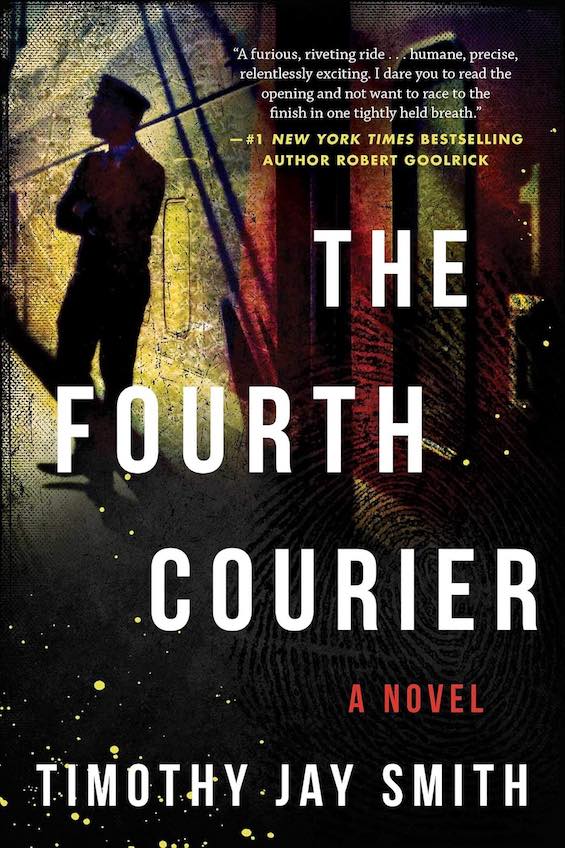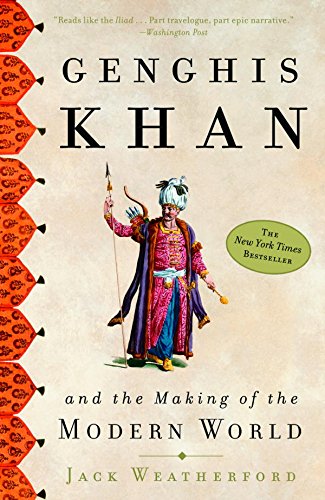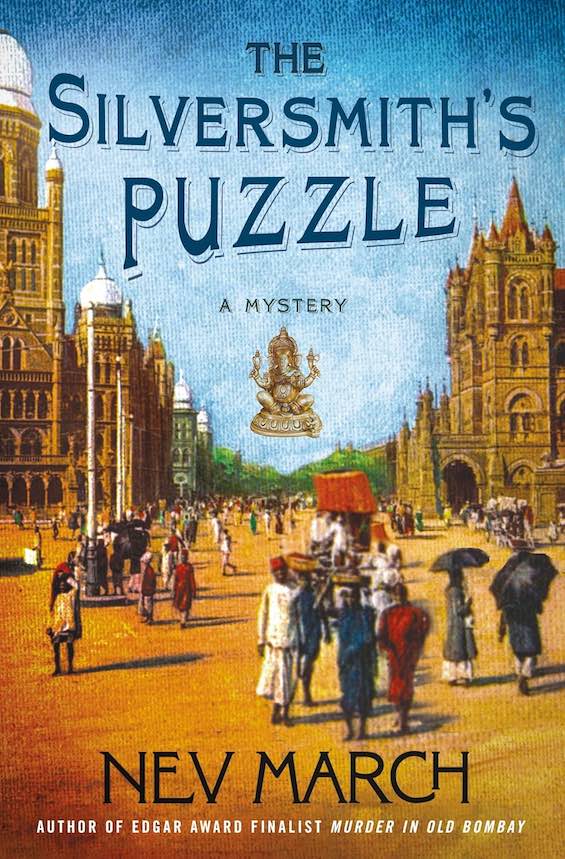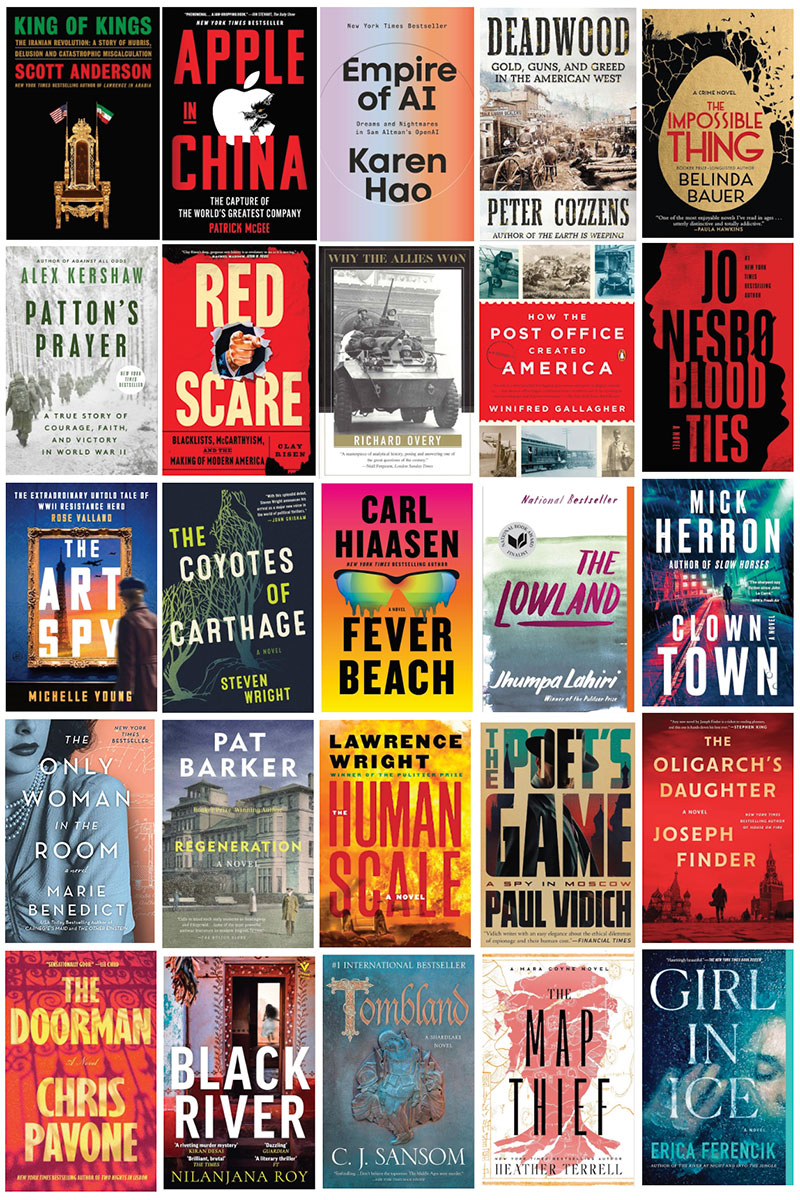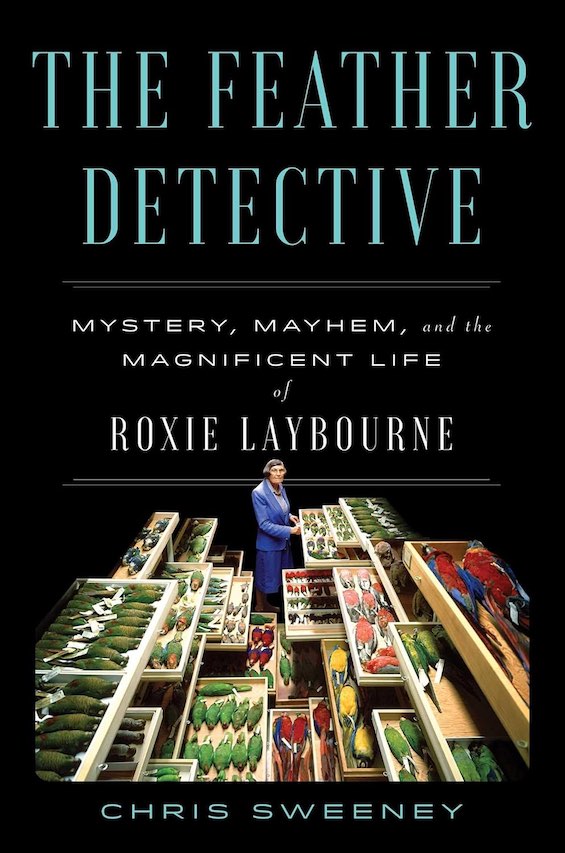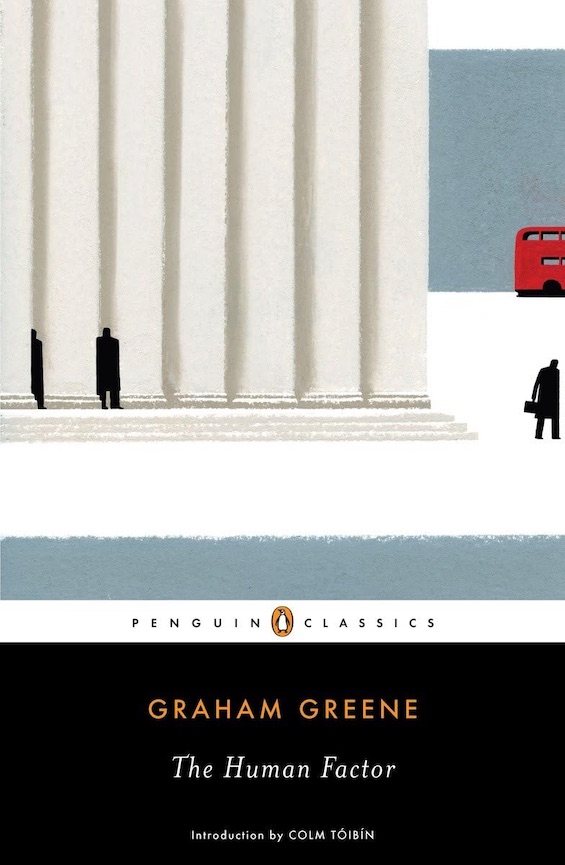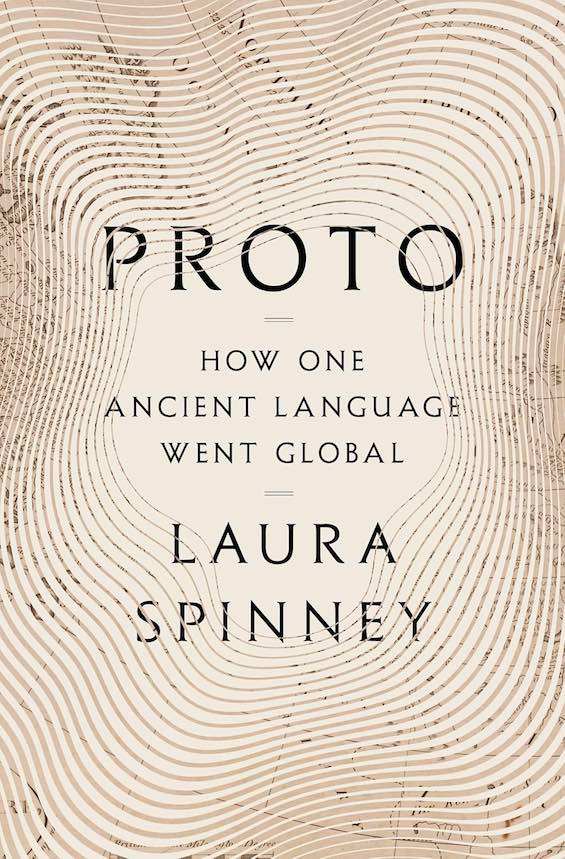For many Americans today, the daily mail is a nuisance rather than a cherished service. Most advertising matter (and many bills) go straight into the trash. It’s been years since we wrote letters to one another. In fact, when we read how frequently authors, public officials, and family members corresponded 50 years ago or more, we marvel. How did they ever find the time? Letter-writing was a daily occupation for many literate Americans. And the post office was a lifeline, predictably delivering our letters, postcards, and greeting cards within a few days at most. We took that for granted. And precious few of us had any appreciation for the pivotal role “the post” had played in binding the states together and creating a national consciousness. That’s the subject of Winifred Gallagher’s exceptionally good history of the mail, How the Post Office Created America.
It was the only way for people to stay in touch
Think about it. As our forebears spread westward from the original colonies on the East Coast, how did they stay in touch? What connected them to the people left behind? What tied them to the fledgling nation along the Atlantic? There was no Internet, no television, no radio, no telegraph service—and there were no roads, railroads, airplanes, and few rivers running east to west. Somebody had to carry messages across the wilderness. For at least a century after the nation’s founding, that presented a major challenge. In fact, it was not until after the First World War that our system of roads and communications media made it possible to connect most isolated settlements to the rest of the country without herculean effort. And the “post office” made that possible.
How the Post Office Created America: A History by Winifred Gallagher (2016) 330 pages ★★★★★
The post WAS the US Government
During the colonial era, only royal officials and the wealthiest colonials could afford the postal service. But “the post” in the newly United States served a wider public from the outset. “Their novel, uniquely American post didn’t just carry letters for the few. It also subsidized the delivery of newspapers to the entire population, which created an informed electorate, spurred the fledgling market economy, and bound thirteen fractious erstwhile colonies into the United States.” And as the years rolled on through the 19th century and into the 20th, the post sought ever-new ways to serve the public.
- Establishing tens of thousands of local post offices, reaching even the most godforsaken places across the continent and eventually instituting Free City Delivery, Parcel Post, and Rural Free Delivery.
- Using fast riders, railroads, steamboats, and eventually airplanes to speed the mail on its way.
- Constructing special railroad cars in which postal employees could sort and process the mail as it hurtled along from city to city.
And as a result of all this activity, for much of American history, the Post Office Department was the United States Government. It was the only governmental service that touched everybody. And the post employed more people than all of the federal government’s other departments combined.
An engine of innovation
The postal service was instrumental in building the physical infrastructure of the growing United States as well as a national consciousness. For example, as Gallagher tells us, “The Post Office Act [of 1792] set off the greatest explosion of newspapers in history.” Later, deliberate decisions to lower the cost of postage stimulated the growth of the advertising industry and direct marketing by Montgomery Ward, Sears Roebuck, and others. But the impact was equally great in other ways as well. Providing the railroads with steady, predictable revenue that helped fund their expansion into the world’s largest rail network. Fostering the building of roads throughout what had hitherto been trackless wilderness. And single-handedly funding the airlines.
A postal system now in decline
Decades ago, the post begin its decline, the result of tampering by Congress and underfunding. When the Post Office Department became the United States Postal Service under Richard Nixon, its mission to serve the public came under pressure from the profit motive. And Congress ensured the post’s continued weakening with the passage of the Postal Accountability and Enhancement Act (PAEA) of 2006. One provision was crippling: requiring the system to pre-fund its employees’s retirement. This cost the system $5.5 billion annually in subsequent years, turning a profitable system into a money-loser that required cost-saving steps that could otherwise have been avoided. Today its future is unclear.
About the author
As she notes on her author’s website, “Winifred Gallagher investigates why our lives are the way they are from different perspectives, including history, behavioral science, religion, and the environment. She first took to journalism as a teenaged reporter on a rural daily newspaper, then studied art and architecture at the University of Pennsylvania, in Philadelphia, before returning to print at Discover, Time Inc’s science magazine. . . After years of living half-time in rural Wyoming and New York City, she now resides in New York’s Hudson Valley.”
Gallagher is the author of 11 books and a slew of articles and essays for many of the country’s leading periodicals.
For related reading
This is one of The best books of the year 2025.
I’ve also reviewed Neither Snow Nor Rain: A History of the United States Postal Service by Devin Leonard (An entertaining history of the post office).
For an insightful review of both books, see “Two Books Recount How Our Postal System Created a Communications Revolution” (New York Times, July 8, 2016).
I’ve added this book to Top 20 popular books for understanding American history.
For an equally entertaining and informative look at a closely related topic, check out The Address Book: What Street Addresses Reveal About Identity, Race, Wealth, and Power by Deirdre Mask (Who knew that street addresses meant so much?).
You’ll find complementary books at:
- My 10 favorite books about business history
- Gaining a global perspective on the world around us
- 20 top nonfiction books about history
And you can always find the most popular of my 2,300 reviews, and the most recent ones, on the Home Page.









